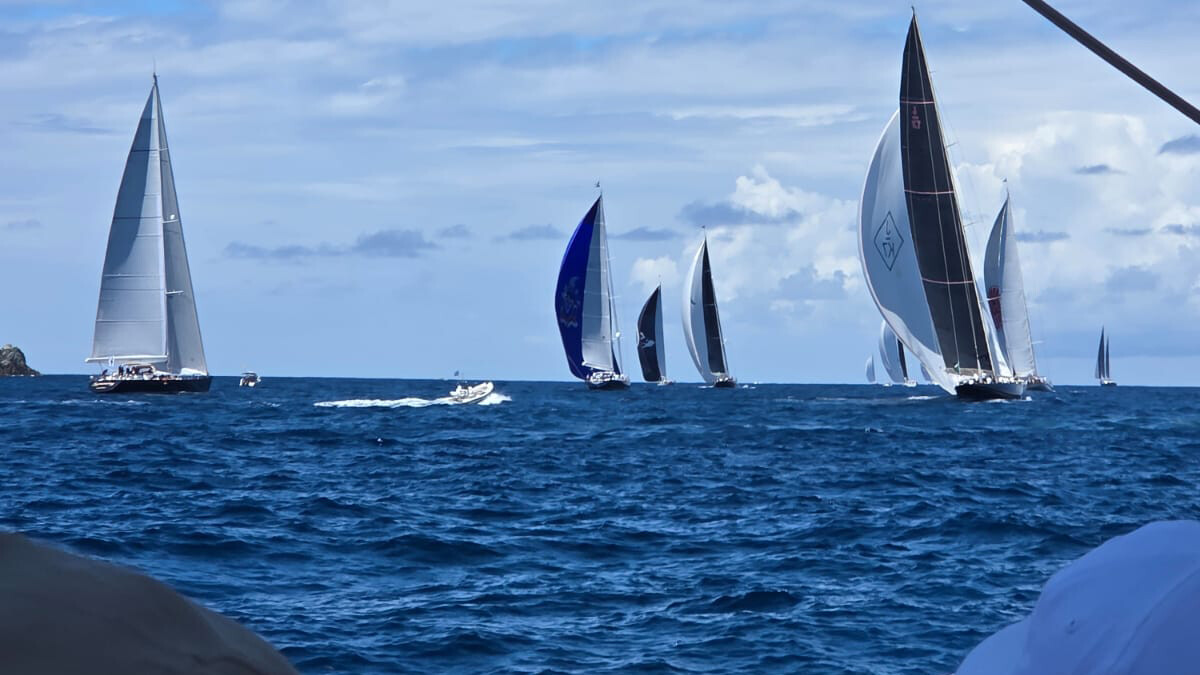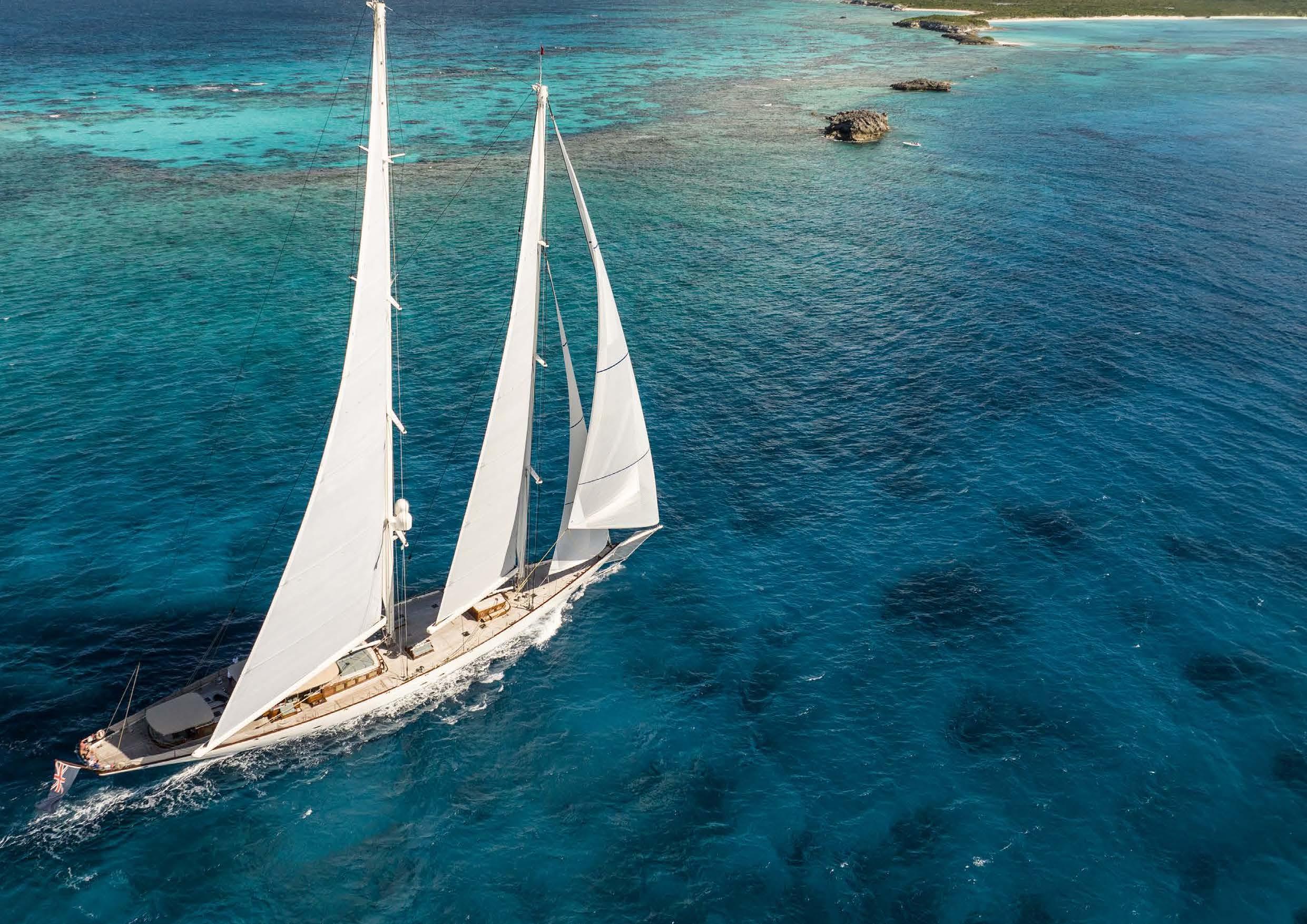
Explore the World

As owners continue to look further afield for new destinations to visit, it is no surprise that orders for some of the most exciting designs of explorer yachts ever conceived are on the rise.

The most important thing about an explorer yacht is that it has to be able to do what it says on the tin; explore. Robust enough to be taken to all corners of the globe, while still functioning as a luxury vessel, the creative approaches that designers have taken to achieving this goal are wide and varied. Thanks to advances in explorer' designs, unforgettable destinations are now more accessible than ever before. The question is, which design to choose?

SeaXplorer
For Damen, an explorer platform was a natural progression from their hugely popular Sea AxeYacht Support vessels, driven by growing client demand. The company developed its new SeaXplorer range of 65-100m to offer luxury expedition vessels capable of visiting the world's most challenging waters. The SeaXplorer is a crossover design that combines the best of the luxury of traditional Amels superyachts with the capability and reliability of the Damen vessels and is able to carry a huge selection of toys, including its own submarine and a hangar-stored helicopter,'' says Victor Caminada, marketing manager at Amels, part of the Damen Group.
The team wanted to create a range of yachts that would be at the top end of the market for both polar and tropical cruising. To help achieve this, Damen partnered with EYOS Expeditions, which specialises in yachting in remote destinations like the Antarctic, North West Passage, tropical waters and diving hotspots, in order to draw on their experience gained from decades of expeditions.

They provided hundreds of operational and design input features based around the essentials for safe and enjoyable expeditions, that were all incorporated into the end design,'' says Caminada. There is currently no ideal vessel for these types of expeditions so the EYOS team have to shape their itineraries around the vessel. With the SeaXplorer designs they will be able to do the opposite and take owners and charterers to all the places and in absolute superyacht-quality luxury.''
As well as looking good the SeaXplorer has been designed with practicality in mind, with huge storage capacity which gives her a 40-day autonomy facilitating travel to those hard to reach destinations. Another point of difference will be compliance with the Polar Code B, allowing proper access into the ice and all the sights and wildlife this offers. We believe that there is no other yacht on the market built to Polar Code B standard with the capability, top-end luxury and toys/equipment that SeaXplorer has,'' concludes Caminada. We see this standard as the minimum for owners to be able to have a proper experience in these harsher environments, and this includes remote spectacular tropical settings.'' With the first yacht now sold, engineering work is well underway.
Trimarans
Those looking for something a little different need look no further than the two explorer trimaran concepts 57.5m Origin 575 and 70m Xplore 70 released in early 2016 by Nigel Irens Design in partnership with CMN Shipyard. These dramatic designs boast spacious accommodation and deck and garage space for a fleet of watercraft including a submarine.

The Irens team has decades of experience with trimarans and believes their long-range, fuel-efficient, seaworthy properties are an obvious fit for an explorer platform and the perfect response to increased client demand for long-range vessels. Although offering the equivalent volume (and price tag!) of a smaller monohull, the added length offers huge gains in performance and seakeeping.
Ideal for covering large distances, making them perfect for spaced out destinations like the Pacific or Asia, the real sell of the trimaran is its ability to travel in impressively fast time, stepping up the speed when necessary without any negative impact. A trimaran has effortless performance at any speed and can operate equally happily at 18 knots or 30 knots without any strain,'' says Irens. The designs have got a wonderful flexibility and smooth performance curve and simply speaking they can achieve speeds and ranges that a conventional boat won't even come close to.''
By example the trimaran could travel from San Diego to the Galapagos via Baha (a total of 3,300nm) in just seven days averaging 19 knots. At lower speeds the 70m design is an impressive 25 per cent more efficient than an existing efficient 50m monohull model. Although geared towards carbon or aluminium construction, should clients wish to take it to polar waters, steel construction and a bigger model would be a viable option.
We have found that the designs are appealing to a new generation of owners who just want to get out and go somewhere,'' says Nigel Irens, founder of Nigel Irens Design. It's a different take on yachting and the same goes for all kinds of explorer yachts, they are for going places. This is not the kind of boat you would buy to sit in Monaco harbour with!''
Visiting some unforgettable sights, including Scott's Hut in Antarctica, led Captain Matthias Bosse, president of Hawk Yachts, to question what the ultimate purpose of owning a superyacht is. He concluded that the ultimate reason is the capability to explore the world in total safety in luxury,'' and this led to the founding of Hawk Yachts, which offers three explorer designs flagship 102m Sea Hawk, 75m Sky Hawk and 56m Cape Hawk with more in development.

The current superyacht fleet lacks the capability to do much more than cruise the Mediterranean,'' says Bosse, who believes that few of the explorer yachts being marketed are actually capable enough to take on extreme situations and varied challenging conditions. Sea Hawk is beautiful enough to be just as at home in the most prestigious ports of the world as well as capable in the very harshest conditions.''
Drawing on huge reams of experience and nearly three quarters of a million sea miles, Bosse has used his expertise to create vessels that he knows will stand up to any test. Like the Irens team, he believes that explorer yachts are perfect for a new generation of buyers. This new market doesn't just want to relax in the sunshine; they want more from their yachts, different locational experiences.''
For owners aspiring to reach new and different destinations, a Hawk design means the world opens up. All of the models on offer are Polar Class 6 ice classed, but also well suited to any climate, with the team citing the Amazon, which is navigable more than 2,000nm upstream as one extreme environment the yachts could visit. From the Antarctic to the rainforest to everywhere in between these striking yachts have been designed for the owner who wants to see it all.
At the smaller end of the market Pelagic Expeditions, led by Whitbread veteran Skip Novak, is proof that having a smaller yacht needn't restrict where you can take it. Models including a 23m and a new 25m on the way, developed in conjunction with Tony Castro Design, have been borne from considerable hands-on experience in remote destinations including the Arctic, Antarctic, Cape Horn and Greenland.

Our experience has translated into our designs to ensure they are more than capable of tackling these regions,'' says Novak. Focus is on performance, with the models tried and tested during nine-month charters in these unforgiving regions. To enjoy Polar expeditions you want to have a boat that allows you to get properly into the ice and be creative in your navigation and get close to shore but the average boat is probably much too fragile to be able to do that,'' says Novak. The specification [of our models] is definitely simpler than a normal luxury yacht of that size but when you are away from support structures your yacht needs to be easy to repair and use so you put in what is necessary to be warm, comfortable and have a safe, seaworthy vessel, and beyond that try to eliminate from the design rather than add on.''
Taking a similar approach, Ocean Voyager's designs combine the practicality of a workboat with the comfort of a more traditional superyacht. Retrofitting yachts to suit extreme cruising, past projects have included the well-known 32m luxury expedition yacht Pink Shrimp. Latest project 27.4m Rogue, previously used for ocean mapping, boasts the same qualities with features including a 7,000nm range, solar power and battery banks and a huge crane for tender lifting.

Our boats look like rough work boats on the outside, but on the inside, they are more like a normal luxury yacht, albeit with interiors that are simple and functional, rather than over the top,'' says Sam Connor, director of Ocean Voyager.
Designed to be incredibly self-sufficient, while also endeavouring to be as green as possible, our projects usually go to quite adventurous owners and have undertaken amazing trips to destinations that include the Congo, Easter Island and New Zealand, while one was a support vessel for remote fly-fishing,'' says Connor. They are a platform for adventure and for people who want to do something different, look for treasure, or dive in exotic places.''
With so many capable explorer and expedition designs now on offer the world is, quite literally, your oyster.

This article originally appeared in issue XI of FRASER yachting magazine the intelligent magazine for living, loving and luxury yachts.










